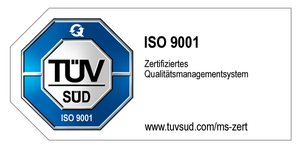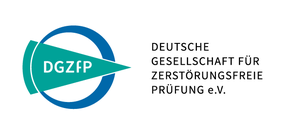FMEA
FMEA stands for Failure Mode and Effects Analysis, which is a systematic method for identifying potential failure modes, their effects, and developing measures to prevent or minimize errors. FMEA is commonly used in areas such as product development, manufacturing, and quality assurance to assess risks and take preventive actions.
FMEA consists of three main steps: analysis of failure modes, evaluation of effects, and determination of preventive measures.
- Analysis of Failure Modes: In this step, potential failure sources and their possible causes are identified. Various components, processes, or systems are examined to determine potential failure conditions or malfunctions. Questions such as "What could go wrong?" and "How could it go wrong?" are asked. The identified failure modes are documented and described.
- Evaluation of Effects: In this step, the effects of the identified failure modes are assessed. The consequences that the failures could have on the product, process, or system are analyzed. Various criteria can be used for evaluation, such as safety, reliability, customer requirements, environmental impacts, or financial implications. The effects are rated on a scale to determine the severity of potential consequences.
- Determination of Preventive Measures: In this final step, measures to prevent or minimize failures are developed. Suitable preventive actions are identified to reduce the likelihood of occurrence of failure modes or mitigate their effects. This may involve revising design features, adjusting manufacturing processes, improving training and knowledge of employees, or implementing additional control measures. The measures are evaluated and prioritized based on their effectiveness and feasibility.
FMEA is an iterative process that can be continuously performed to consider new insights or changes in the product or process. Risk Priority Numbers (RPN) may be used to prioritize the failure modes to be addressed. RPN is calculated by multiplying severity, occurrence probability, and detectability to obtain a measure of risk.
FMEA aims to proactively identify potential failures and their effects, and take necessary actions to enhance product quality, reduce costs, and increase customer satisfaction. By systematically analyzing and evaluating failure modes, FMEA enables organizations to mitigate risks and implement preventive measures.
FMEA is often conducted by interdisciplinary teams to incorporate different perspectives and expertise. Team members contribute their knowledge and experience to identify potential failure sources and develop solutions. Collaborative teamwork facilitates a comprehensive evaluation of the product or process, contributing to the effectiveness of FMEA.
Documentation is a crucial aspect of FMEA. All identified failure modes, their effects, and the determined actions should be carefully documented. This allows for a traceable record of FMEA results and serves as a reference for future analyses or modifications.
It is important to note that FMEA is a proactive approach to risk assessment and management. It aims to identify and address potential failures before they occur. FMEA can be seen as a continuous improvement process that can be applied throughout the product lifecycle, from concept phase to development, production, and customer usage.
FMEA is an effective tool for risk assessment and management as it helps organizations develop high-quality products and processes, and enhance customer satisfaction. By identifying and addressing potential failure sources early on, costs associated with rework, product recalls, and warranty claims can be minimized. Additionally, FMEA contributes to continuous improvement and innovation by helping organizations learn from mistakes and implement preventive measures.
Overall, FMEA enables a systematic and structured approach to risk analysis, contributing to the improvement of quality, reliability, and safety of products and processes.
We find the perfect solution for your project.
Contact us if you have questions to our services in the area of 3D metrology. We are looking forward supporting you in your success.



